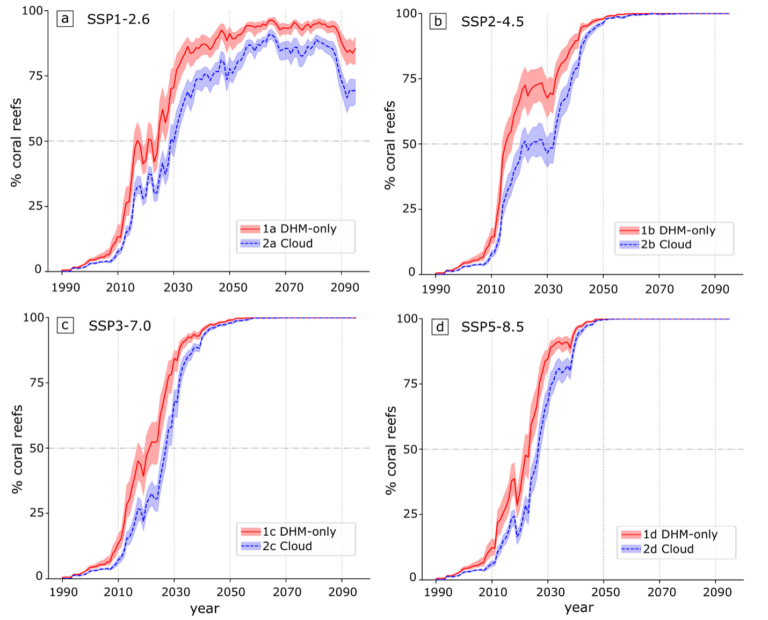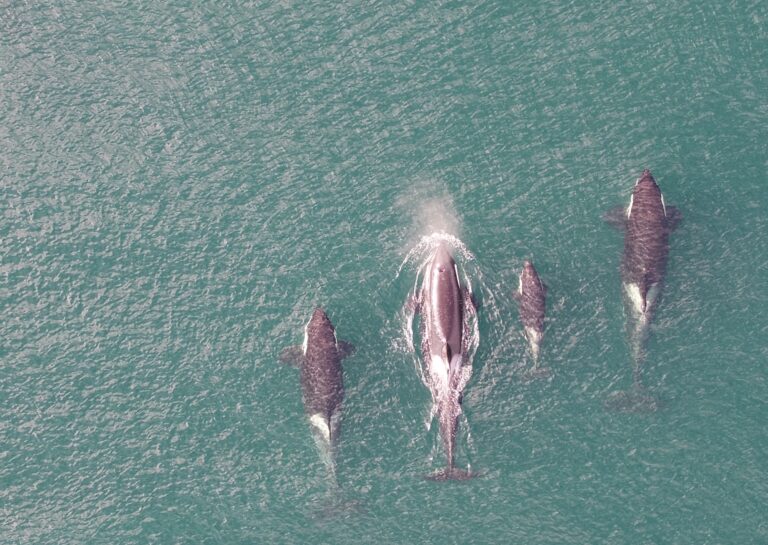Clouds could delay the impact of climate change on reefs – but not for long
Clouds seem to offer some protection from excess heat to coral reefs – but most will still face frequent bleaching by 2080, according to new research.

Photo by Austin Neill on Unsplash
Clouds seem to offer some protection from excess heat to coral reefs – but most will still face frequent bleaching conditions by 2080, according to new research.
Life’s a bleach
Corals turn white when the surrounding water gets too warm. This is called bleaching, and it leaves coral vulnerable to disease and mortality. Warming can occur due to climate change, as well as solar radiation. Some of this radiation can be absorbed by clouds.
More accurate projections

By incorporating cloudiness into bleaching models for the first time, UBC researchers project clouds could “buy” reefs about a decade before 75 per cent undergo frequent bleaching conditions. That would occur in about 2045 in a moderate emissions scenario, says first author Dr. Pedro González-Espinosa (he/him), which the world is currently on track for.
Models that don’t incorporate cloud protection project 75 per cent of reefs would undergo frequent bleaching conditions by 2035.
Change needed now
The researchers also added coral’s ability to adapt to high temperatures to their cloud models. In a moderate emissions scenario, the “delay” before most reefs would face frequent bleaching conditions was then projected to be about 35 years, to 2080. “Even assuming low emissions, coral reefs are going to be affected. Let’s start changing our behaviour now,” says Dr. González-Espinosa.
Interview language(s): English, Spanish



